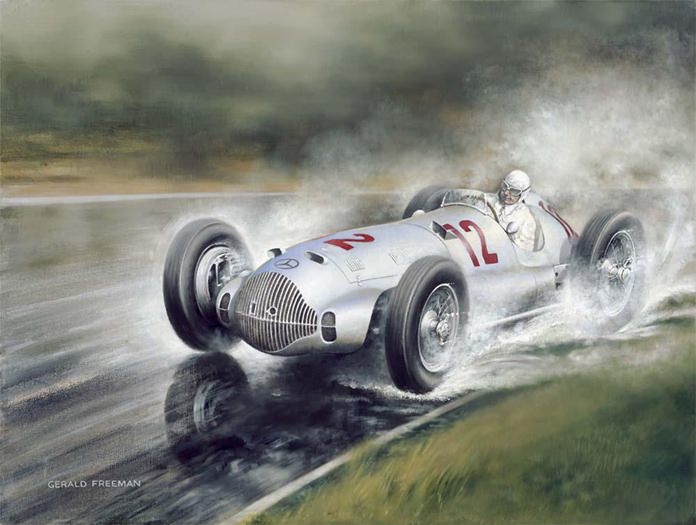
Whilst the Monaco race is one of the oldest races in the world, it has become more and more of an anachronism, with the numbers of the rich and famous parking their yachts in the harbor overshadowing a race circuit which is totally unsuitable for today’s F1 cars.
However, it was not given “Grand Prix” status initially but as the race quickly grew in importance Monaco was formally recognized the most important race of each of its affiliated national automobile clubs as International Grands Prix, or Grandes Épreuves, and in 1933 Monaco was ranked as such alongside the French, Belgian, Italian, and Spanish Grands Prix. That year’s race was the first Grand Prix (GP) where grid positions were decided, as they are now, by practice time rather than the previous method of balloting. That would certainly spice up the first lap. But then even more of them would crash into each other!
That GP saw Achille Varzi and Tazio Nuvolari exchange the lead many times before being settled in Varzi’s favour on the final lap when Nuvolari’s car caught fire. The race became a round of the new European Championship in 1936, when stormy weather and a broken oil line led to a series of crashes, eliminating the Mercedes-Benzes of Chiron, Fagioli, and von Brauchitsch, as well as Bernd Rosemeyer’s Typ C Auto Union. Rudolf Caracciola, proving the truth of his nickname, Regenmeister (Rainmaster), went on to win. In 1937, von Brauchitsch duelled Caracciola before coming out on top.
It was the last prewar Grand Prix at Monaco, for in 1938, the demand for £500 (about US$2450) in appearance money per top entrant led the fore-runner of the FIA to cancel the event, while looming war overtook it in 1939, and the Second World War ended organized racing in Europe until peacetime was firmly settled. (The bulk of this can be found in Wikipedia.)
 |
 |





